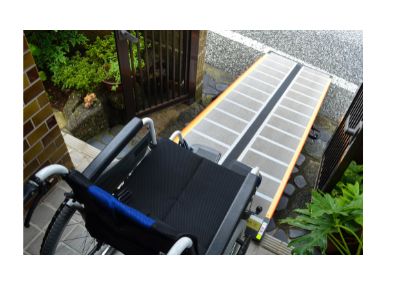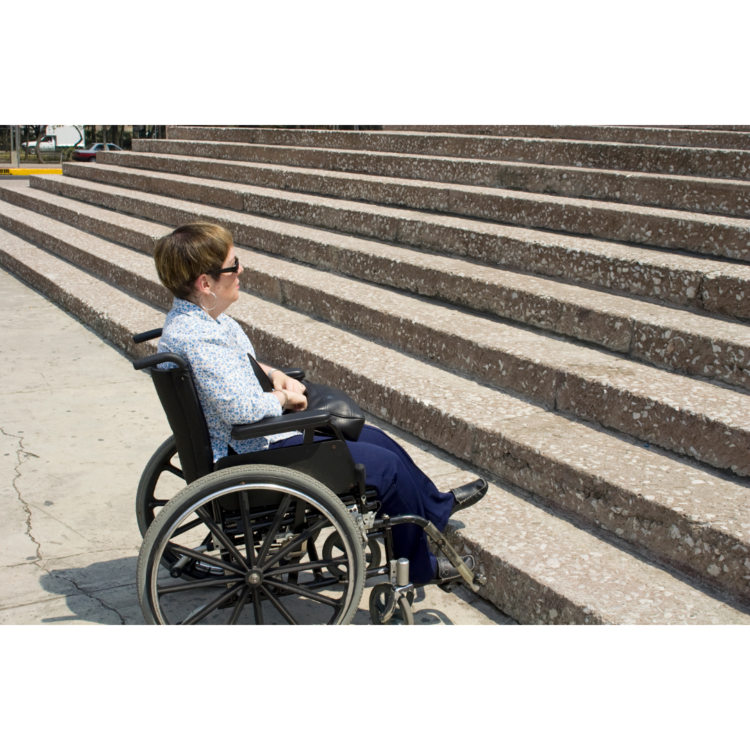In 2005 legislation was passed by the Ontario government with the lofty (yet very realistic goal) of having universal accessibility in Ontario by 2025. There were reviews that occurred roughly every 5 years (2010, 2014 and 2019) to ensure that progress was being made. Despite the resources and efforts multiple outlets are reporting that it is now very unrealistic goals setout almost 20 years ago will be achieved. This is despite roughly 2.9 million or one fifth of Ontarians have a disability. That does not even consider the aging population that can also benefit from a lot of the measures put in place for a more accessible and barrier free environment.
One thing that often happens in the construction realm is that “form over function” is often chosen. In this case it doesn’t have to be an either/or proposition. With proper consideration both can easily be achieved to satisfy all aspects. Take for example the waiting room interior of an office building. Accessibility for Ontarians with Disabilities Act (AODA) or other accepted standards don’t dictate what types of materials should be used e.g. you MUST use porcelain tiles as flooring. It does recommend that the flooring isn’t glass smooth (which is good for everyone, especially in the wet & winter months), has colour contrast between the flooring and any warning indicators to denote a hazard, and for areas that change types of flooring (from tile in the lobby to carpet in the hallway for example) that there is a proper transition strip between to two to prevent any trip hazards. This would still provide virtually unlimited options in terms of colour, materials and design aesthetic.
Another common example would be furniture when sitting in said office interior. We are all very used to seeing a furniture set that looks the same, with maybe a dozen or more seats in a waiting room. One simple and easy way to help improve accessibility is having seating of different types. Integrating seating of various heights, maybe some with or without arm rests is a significant help and will allow a person with accessibility issues choose the easiest and most comfortable option for them. Most furniture & seating sets already have this option of various heights, sizes and configurations.
Both of these quick examples don’t cost anything additional, nor do they limit anything on the building design. They simply allow for more people to use these areas in a way that works better for them. Doing this simply requires a little more thoughtfulness during the planning and ordering stages.
Check out the two links that provide some additional details about the accessibility targets, hopefully this will be a wake-up call to renew efforts to continue to make improvements as we move forward.
https://www.thestar.com/opinion/editorials/2023/03/20/slow-progress-to-accessibility.html
https://globalnews.ca/news/9542863/ontario-accessibility-goals-2025-impossible-report/



